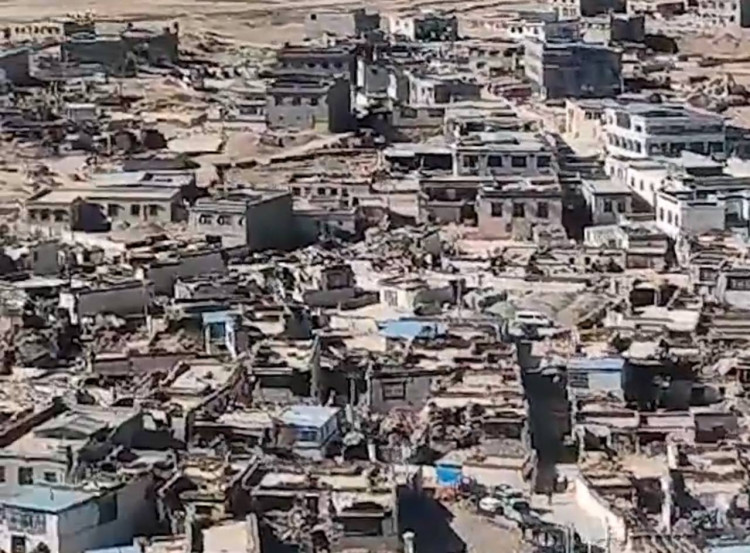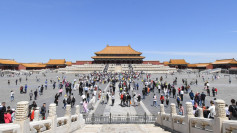A powerful earthquake struck Tibet on Tuesday, leaving at least 126 people dead and more than 188 injured, according to Chinese state media. The 6.8 magnitude quake, as recorded by the China Earthquake Networks Center (CENC), struck Dingri County in Shigatse, a remote high-altitude region near the Tibetan holy city. The U.S. Geological Survey (USGS) measured the earthquake at 7.1 on the Richter scale, noting its epicenter in Xizang, the local name for the Tibet Autonomous Region.
The quake, which hit just after 9 a.m. local time at a depth of 10 kilometers (6 miles), caused the collapse of more than 3,600 houses and significant structural damage to buildings across the region. Shigatse, the second-largest city in Tibet and home to the Panchen Lama-Tibetan Buddhism's second-most significant spiritual figure-bore the brunt of the disaster.
"The region near the India and Eurasia plate boundary has a history of large earthquakes," the USGS noted in its analysis. "In the past century, there have been 10 earthquakes of magnitude 6 and greater within 250 kilometers of this event."
The Dalai Lama, the exiled Tibetan spiritual leader, expressed his condolences in a statement, saying he was "saddened" by the loss of life and destruction caused by the earthquake. "I offer my prayers for those who have lost their lives and extend my wishes for a swift recovery to all who have been injured," he said.
As of Tuesday evening, Chinese authorities had confirmed 126 fatalities and warned that the toll could rise as rescue efforts continue. The death count initially reported at 53 rose steadily throughout the day as first responders and local authorities reached affected areas. State media reported that the tremors were felt in neighboring countries, including Nepal, Bhutan, and parts of northern India.
Rescue efforts have been complicated by the region's remote location, freezing temperatures, and high altitude. Dingri County, located near Mount Everest, is currently experiencing temperatures as low as -8 degrees Celsius (17.6 degrees Fahrenheit), with forecasts predicting a further drop to -18 degrees Celsius (-0.4 degrees Fahrenheit) overnight. These extreme conditions, combined with limited infrastructure, have hindered rescue operations.
"Dingri County and its surrounding areas experienced very strong tremors, and many buildings near the epicenter have collapsed," reported state broadcaster CCTV. The China Meteorological Administration warned that the bitter cold could pose additional challenges for survivors and rescue workers.
The earthquake also triggered multiple aftershocks, the largest of which measured 4.4, further destabilizing the area and complicating relief efforts. Emergency teams have been dispatched to the region, and temporary shelters are being set up to provide aid to displaced residents.
Shigatse, a culturally and historically significant region, is sparsely populated but includes rural communities living in fragile housing structures ill-equipped to withstand such seismic events. The earthquake's timing, combined with the harsh winter conditions, has amplified the scale of the disaster.
The Chinese government has mobilized resources to assist with rescue operations and recovery efforts. However, access to remote areas remains a significant obstacle. Al Jazeera's Katrina Yu, reporting from Beijing, noted that the extreme cold and geographic isolation of Shigatse have slowed the response, with rescue teams struggling to reach some of the hardest-hit locations.






